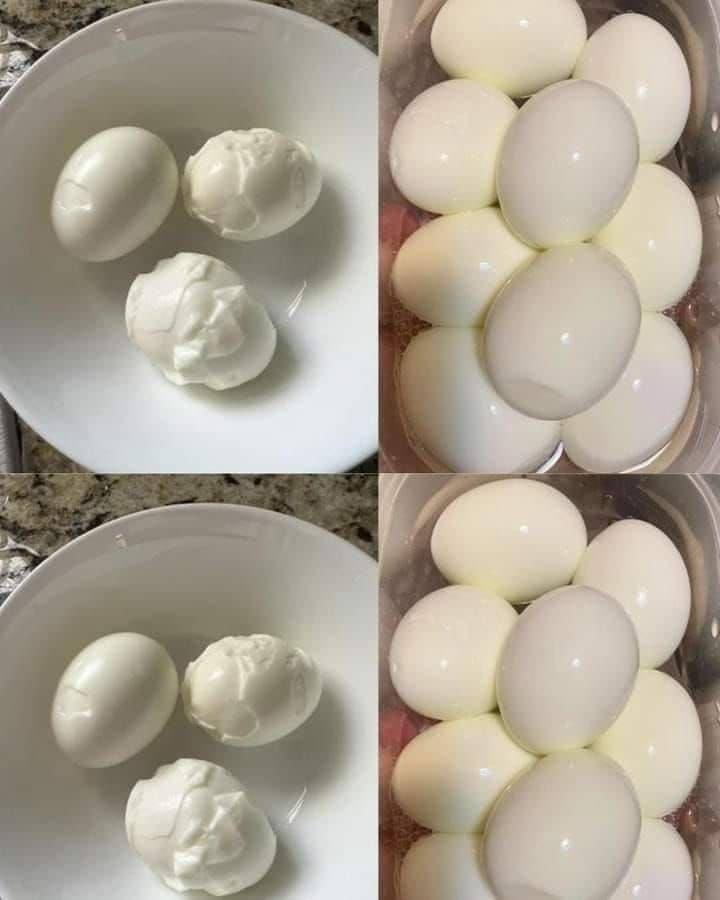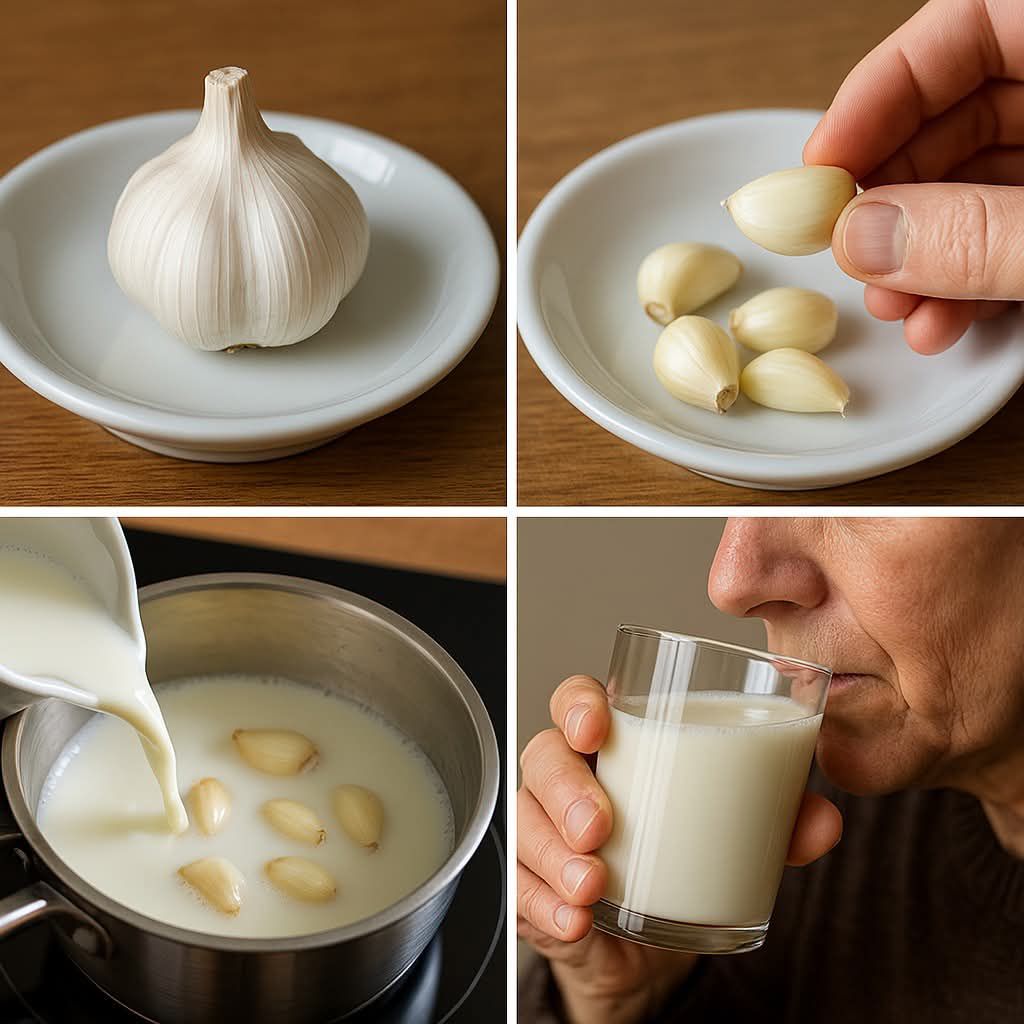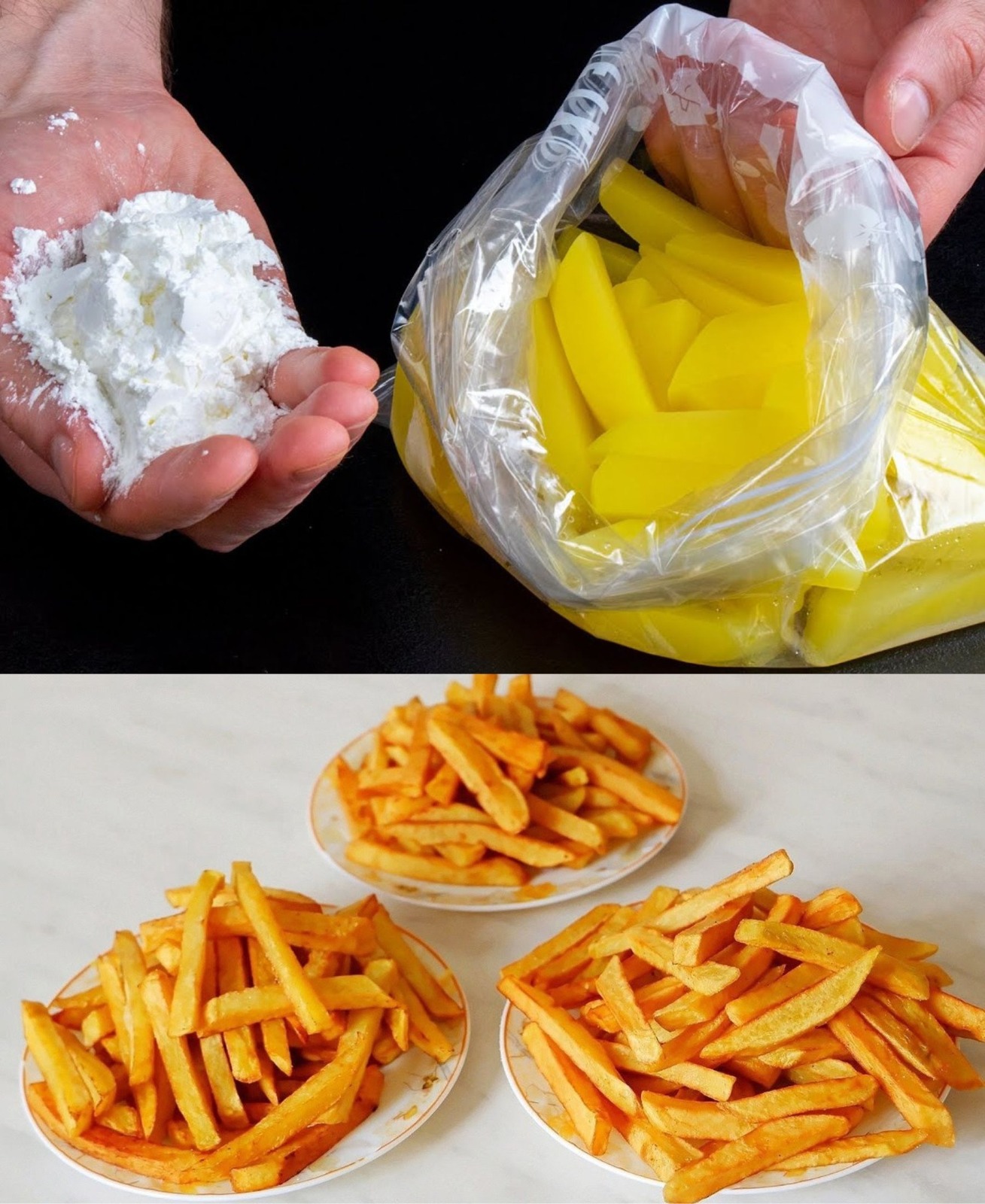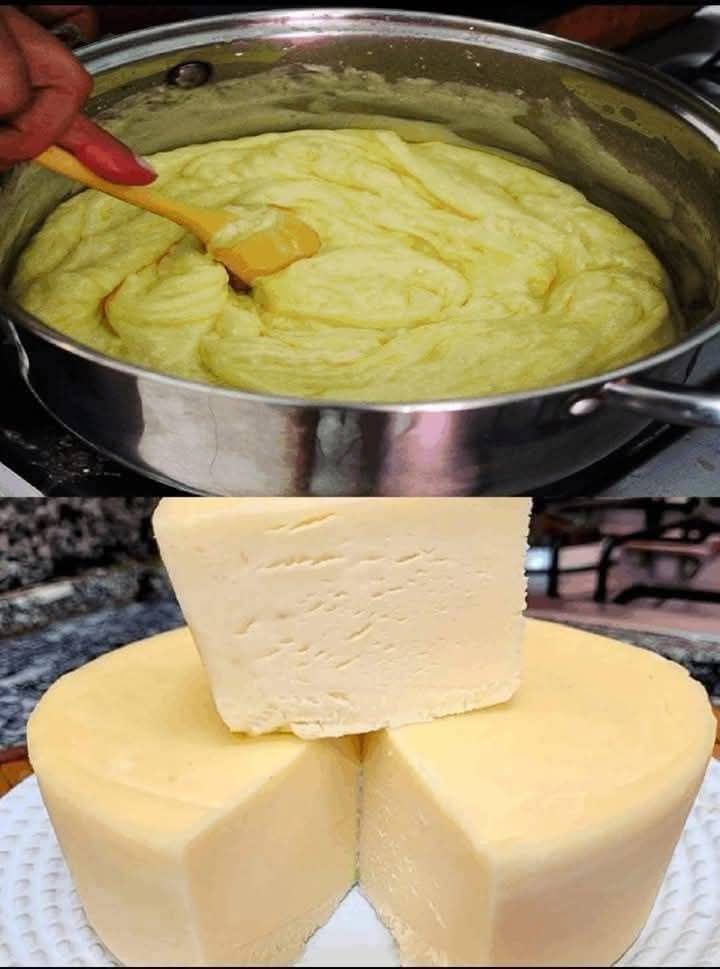If you’ve ever boiled eggs only to struggle with peeling them, you’re not alone. Many people experience issues with shells sticking to the egg whites, resulting in torn, rough-looking eggs. But with a few simple tips and tricks, you can achieve perfectly smooth, easy-to-peel hard-boiled eggs every time! Here’s a tried-and-true method that cooks swear by for flawless results.
Step-by-Step Guide to Perfectly Peelable Hard-Boiled Eggs
1. Start with Slightly Older Eggs:
This may sound counterintuitive, but fresh eggs are actually much harder to peel once they’re boiled. If possible, use eggs that are about a week old. Older eggs have a higher pH level, which helps the membrane separate more easily from the shell. Fresh eggs, on the other hand, have a lower pH and create a stronger bond between the egg white and the shell, making peeling more difficult.
Why does this work? The higher pH in older eggs weakens the bond between the egg white and the membrane, making it easier to peel. So, the next time you buy eggs, try to let them sit for a few days before boiling.
2. Add Baking Soda or Vinegar to the Water:
Another trick used by many cooks is adding a teaspoon of baking soda or a splash of vinegar to the water before boiling the eggs. Both of these ingredients adjust the pH of the water, which makes the egg white more likely to detach from the shell.
- Baking Soda: It increases the pH of the water, which further helps to separate the egg white from the shell.
- Vinegar: It slightly acidifies the water, which can also help with peeling. However, vinegar might leave a slight taste on the eggs, so if you’re sensitive to that, baking soda might be a better option.
These ingredients are inexpensive and easy to find, and they can make a huge difference in the peeling process.
3. Boil and Cool Quickly:
The key to easy-to-peel eggs also lies in the cooking and cooling process. Here’s how to do it:
- Place the Eggs in Cold Water: Start by placing your eggs in a pot of cold water, making sure the water covers the eggs by about an inch or so.
- Bring to a Boil: Heat the pot over medium-high heat until the water comes to a boil.
- Turn Off the Heat and Cover: Once the water is boiling, turn off the heat and cover the pot with a lid. Let the eggs sit in the hot water for 10-12 minutes, depending on how firm you want your eggs. This method allows the eggs to cook using the residual heat in the water, avoiding overcooking and making the eggs easier to peel.
The key here is to avoid a rolling boil for the entire cooking time. A gentle simmer or even just using the residual heat is ideal for achieving perfect eggs that are easy to peel.
4. Transfer to an Ice Bath:
Once your eggs have finished cooking, it’s time for an ice bath. Using a slotted spoon, carefully transfer your eggs from the hot water into a bowl filled with ice water. Let the eggs sit in the ice water for at least 5 minutes.
Why is this step so important? The cold water immediately stops the cooking process, preventing the eggs from becoming overcooked or rubbery. Additionally, the rapid cooling causes the shell to contract, which helps the membrane separate more easily from the egg white.
5. Gently Crack and Roll:
Once the eggs are cooled, it’s time to peel them. Start by gently tapping the egg on a hard surface to create cracks all over the shell. You can then roll the egg between your hands to loosen the shell. Start peeling from the wider end of the egg, where there is often an air pocket that helps you get underneath the membrane and begin peeling.
Rolling the egg between your hands helps to loosen the shell, making it easier to remove without breaking the egg. Be gentle with this step, as applying too much pressure can cause the egg to crack open.
6. Peel Under Running Water:
If you run into stubborn bits of shell that are sticking to the egg, peeling the egg under running water can help. The water flows between the egg and the shell, washing away the tiny shell pieces and making it easier to peel the egg cleanly.
Peeling under water also reduces the risk of cracking the egg, and helps ensure that you’re left with a smooth, perfectly peeled egg. The running water assists in loosening any remaining shell fragments that might be clinging to the egg white.
Why This Method Works
The key to easily peeling hard-boiled eggs lies in the combination of pH adjustment, cooling quickly, and gentle handling. By changing the pH with baking soda or vinegar, the bond between the egg white and the shell is weakened, while quickly cooling the eggs in an ice bath causes the shell to contract and separate from the egg. Additionally, gently tapping, rolling, and peeling under running water ensures the smoothest process with the least amount of cracking.
By following these steps, you’ll be able to peel hard-boiled eggs with ease, leaving you with smooth, beautiful eggs—just like the ones you see in food magazines! Whether you’re making deviled eggs, salads, or just enjoying them as a snack, this trick will save you time and frustration in the kitchen.
Benefits of This Method
- Time-Saving: With this method, you can achieve perfectly peeled eggs without wasting time scraping off tiny bits of shell. It’s quick and efficient, leaving you with smooth eggs every time.
- Perfect Results: By following these steps, you’ll get flawless, well-peeled eggs without the frustration of uneven peeling or tearing.
- Less Waste: This method ensures that you won’t have to throw away eggs that have been torn or damaged during peeling, reducing food waste.
- Cost-Effective and Easy: All the ingredients you need—baking soda, vinegar, and ice—are inexpensive and easily accessible. This makes the method budget-friendly for anyone looking for an effective solution to peeling eggs.
- Versatile: This trick isn’t just for hard-boiled eggs. You can use it for making egg salad, deviled eggs, or just preparing eggs for a healthy snack. It’s a versatile, easy solution to any egg-related recipe.
Comparing with Other Methods
There are other methods for peeling hard-boiled eggs, but they’re not always as effective or as easy. For example:
- Adding Salt to the Water: Some people swear by adding salt to the boiling water. While it can help the eggs peel more easily, it’s not as effective as adjusting the pH with vinegar or baking soda. Salt might also cause some eggs to crack during cooking.
- Steaming the Eggs: Steaming eggs can yield good results, but it requires special equipment, like a steaming basket or insert. While this method works well for many, it’s not as accessible or quick for everyone.
In comparison, the method outlined here is simple, quick, and requires minimal effort and equipment.
Conclusion
Easily peeling hard-boiled eggs doesn’t have to be a struggle. By following the simple steps of using slightly older eggs, adding a little baking soda or vinegar to the water, boiling and cooling the eggs properly, and using gentle tapping and rolling, you can achieve perfectly peeled eggs every time.
This method works reliably, and it’s one of the easiest ways to get smooth, beautiful hard-boiled eggs without the frustration of struggling with stubborn shells. Give it a try, and enjoy your perfectly peeled eggs the next time you’re in the kitchen! Whether you’re preparing a quick snack or making a batch of deviled eggs for a party, this trick will save you time and effort.





